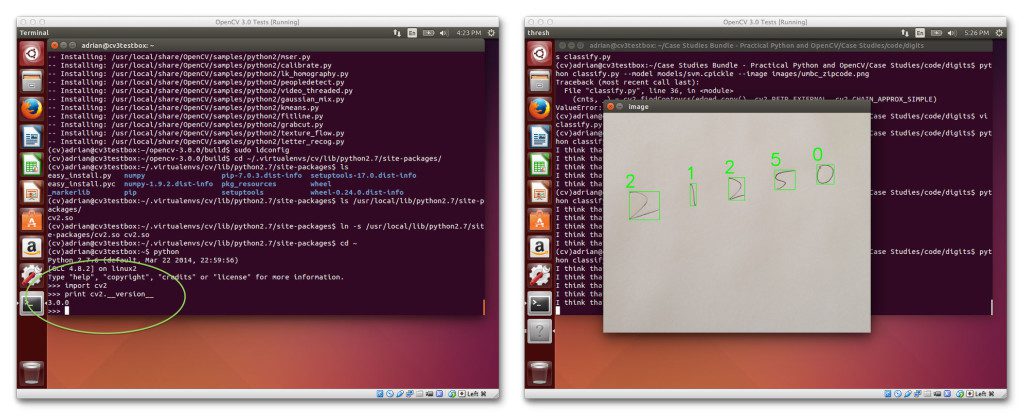

This is the default interpolation technique in OpenCV. cv2.INTERLINEAR: This is primarily used when zooming is required. cv2.INTERCUBIC: This is slow but more efficient. Choice of Interpolation Method for Resizing: cv2.INTERAREA: This is used when we need to shrink an image. INTER_LANCOZS4 - Lanczos interpolation over 8×8 pixel neighborhood. OpenCV provides us several interpolation methods for resizing an image.INTER_CUBIC - A bicubic interpolation over 4×4 pixel neighborhood.When we attempt to do image zoom, it is similar to the INTER_NEAREST method. INTER_NEAREST - A nearest-interpolation INTER_AREA - resampling using pixel area relation.Interpolation(optional) - This flag uses following methods:.fy - Scale factor along the vertical axis.fx - Scale factor along the horizontal axis.(optional).dsize - desired size for the output image(required).In this example, we have used the video ( link) from which we will extract certain frames, resize those frames and save them with the particular names on the local (src, dsize]]) if cv2.waitKey(10) = 27:īreak Step 5.5 Incrementing the variable by 1įinally, we increment the value of the variable declared, count by 1. Also, we give the frames certain names with the extensions.Ĭv2.imwrite(“%04d.jpg” % count, resize) Step 5.4: Closing the video automatically once it gets overįurther, the waitKey() function is used for closing the video automatically once the video gets over. Later on, we save the image frames we resize in the last step. Resize = cv2.resize(image, (#x-axis dimensions, #y-axis dimensions)) Step 5.3: Saving the frames with certain names In this step, we have used resize() function with particular dimensions for which the image frames need to be set. However, resize() requires that you put in either the destination size (in both dimensions) or the scaling (in both dimensions), so you cant just put one or the other in for 1000 and let it calculate the other for you.
#Opencv image resize code
success,image = vidcap.read() Step 5.2: Resizing the image frames You can use resize() in OpenCV to resize the image up/down to the size you need. Reading an Image using OpenCV imread () function Image resizing with a custom Width and Height Resizing an image with a Scaling factor Image resizing with different Interpolation methods Summary Let’s go through the code example for making an image larger and smaller by resizing with custom height and width. When resizing an image, it’s important to keep in mind: The aspect ratio of your image, so your resized image does not look distorted The interpolation method you are using to perform the resizing (see the section entitled Comparing OpenCV interpolation. Next, we will read the video frame by frame for resizing the frames and saving them to your local computer. NET Core build of Magick.NET currently only supports Windows.

It also has the same support for EXIF as ImageSharp. While success: Step 5.1: Capture video frame by frame ImageMagick is an open-source, cross-platform library that focuses on image quality, and on offering a very wide choice of supported image formats.

ISRO CS Syllabus for Scientist/Engineer Exam.ISRO CS Original Papers and Official Keys.GATE CS Original Papers and Official Keys.DevOps Engineering - Planning to Production.Python Backend Development with Django(Live).
#Opencv image resize android
#Opencv image resize full


 0 kommentar(er)
0 kommentar(er)
